Seeing the Aurora Borealis or Northern Lights dance over your head is a bucket list experience! It’s also addicting, once you have seen it you will want to see it again, and again! So how do you see it?
The Aurora Borealis is visible above the Arctic Circle. Therefore unless you are extremely lucky to catch a very strong display, you need to be in Alaska, Canada, Iceland, Norway, Sweden, Finland, or Russia. Because these locations are so far north you need to visit between October and March to avoid the “midnight sun” when the sun does not fully set and the sky will be too bright to see the Northern Lights. Finally you will need to be away from large cities which create light pollution and visiting on nights when there will be less than 1/2 of a crescent moon to ensure a dark sky for the Aurora to pop!
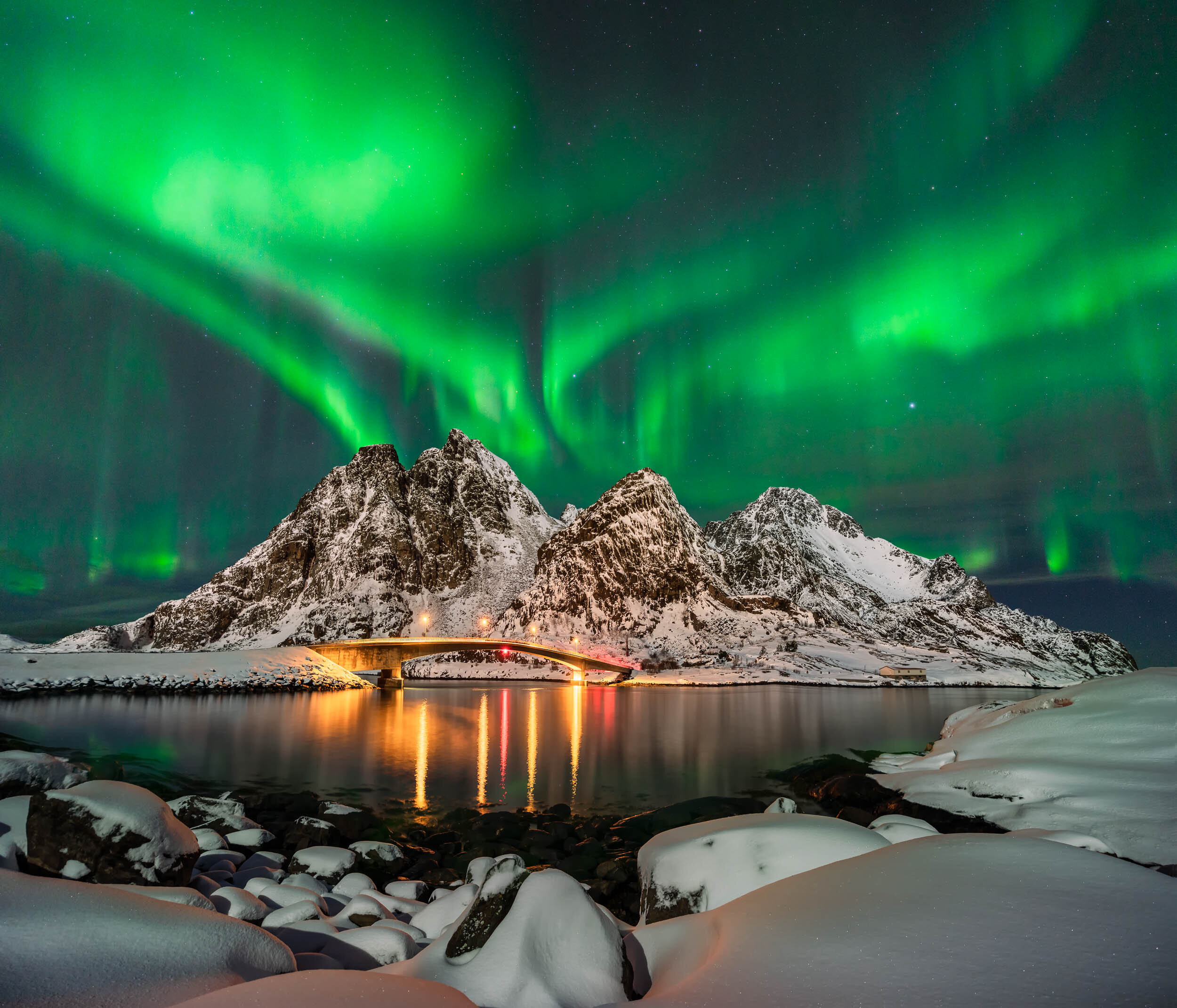
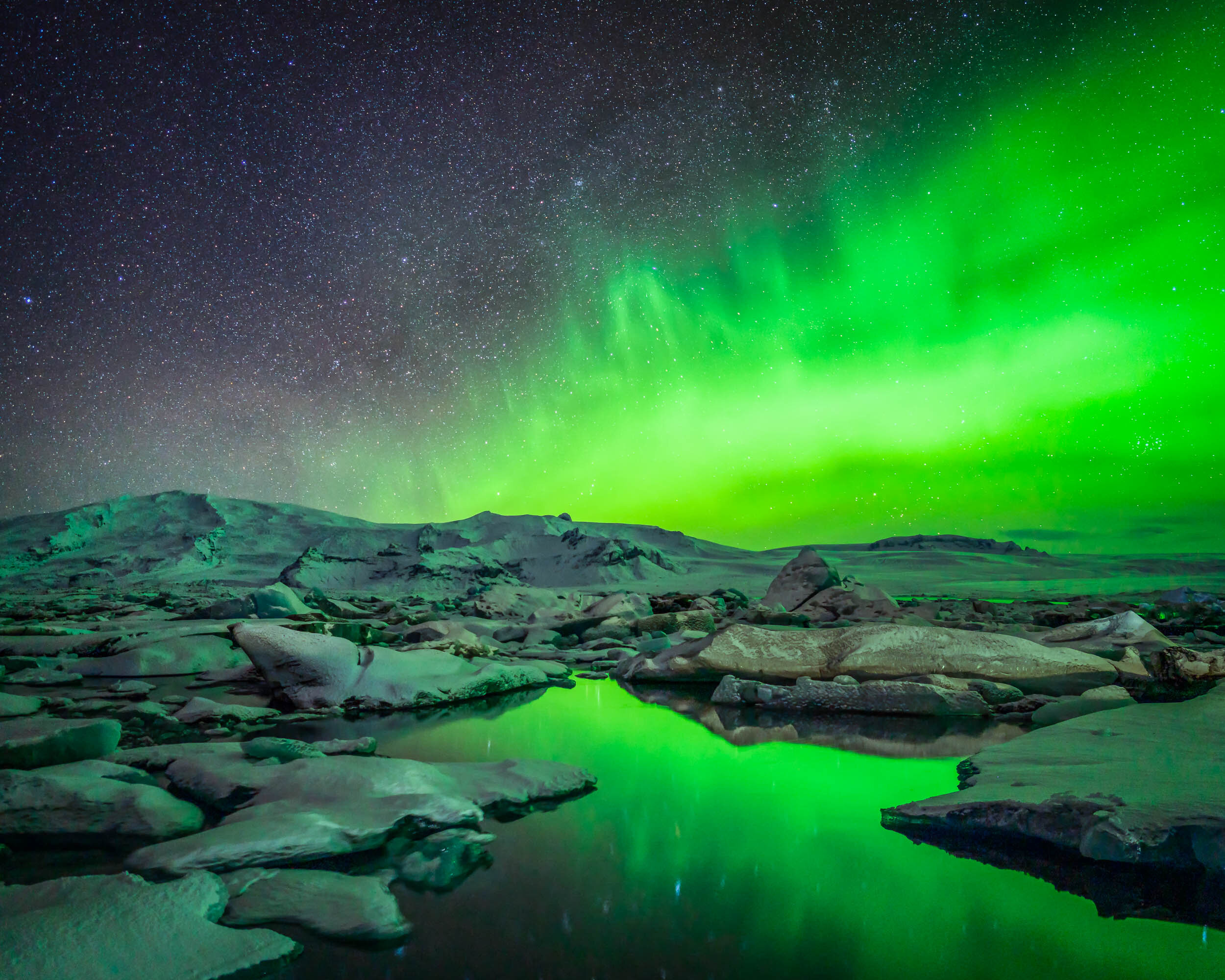
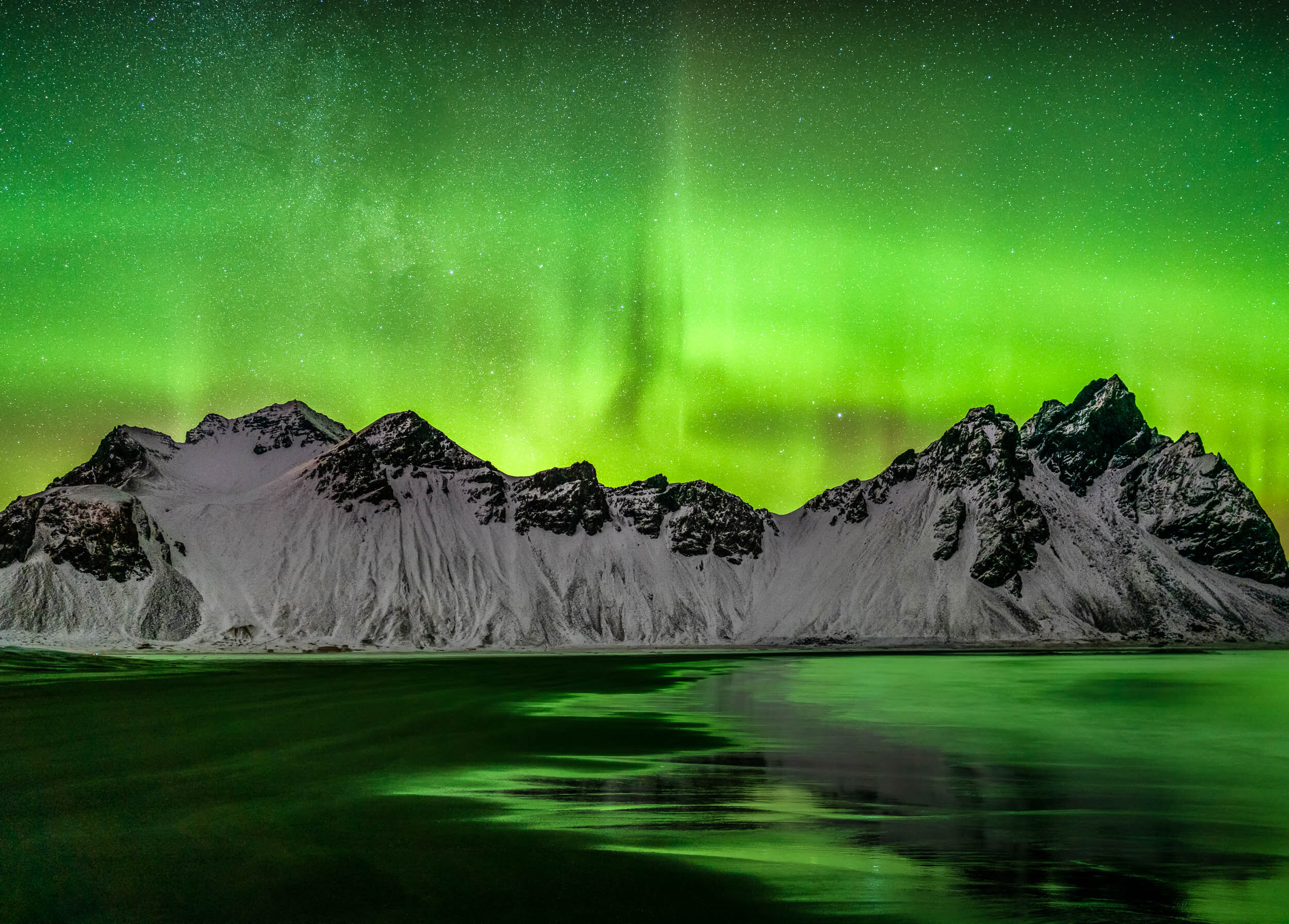
So if you planned to be in one of these locations when it is dark at night the next challenge is finding clear skies. Utilize weather forecasts to identify locations where the sky will be clear. This can be very challenging and may require many hours of driving to get to a clear location. I’ve found Iceland to be one of the best locations to be successful as there is a road going around the entire island and usually some part of the island has clear skies. A campervan is ideal for this as it allows you to chase the clear skies without having to worry about returning back to a hotel every night.
A campervan makes staying out all night to see the Aurora Borealis easy!
Aurora displays have a variety of intensities and while some apps claim to “predict” the aurora activity it’s best to just be out there ready to see them whenever you have the chance. The Northern Lights are usually most active from 9pm to 2am. It may start out as a single ribbon or glow of light on the northern horizon and then explode across the entire sky!
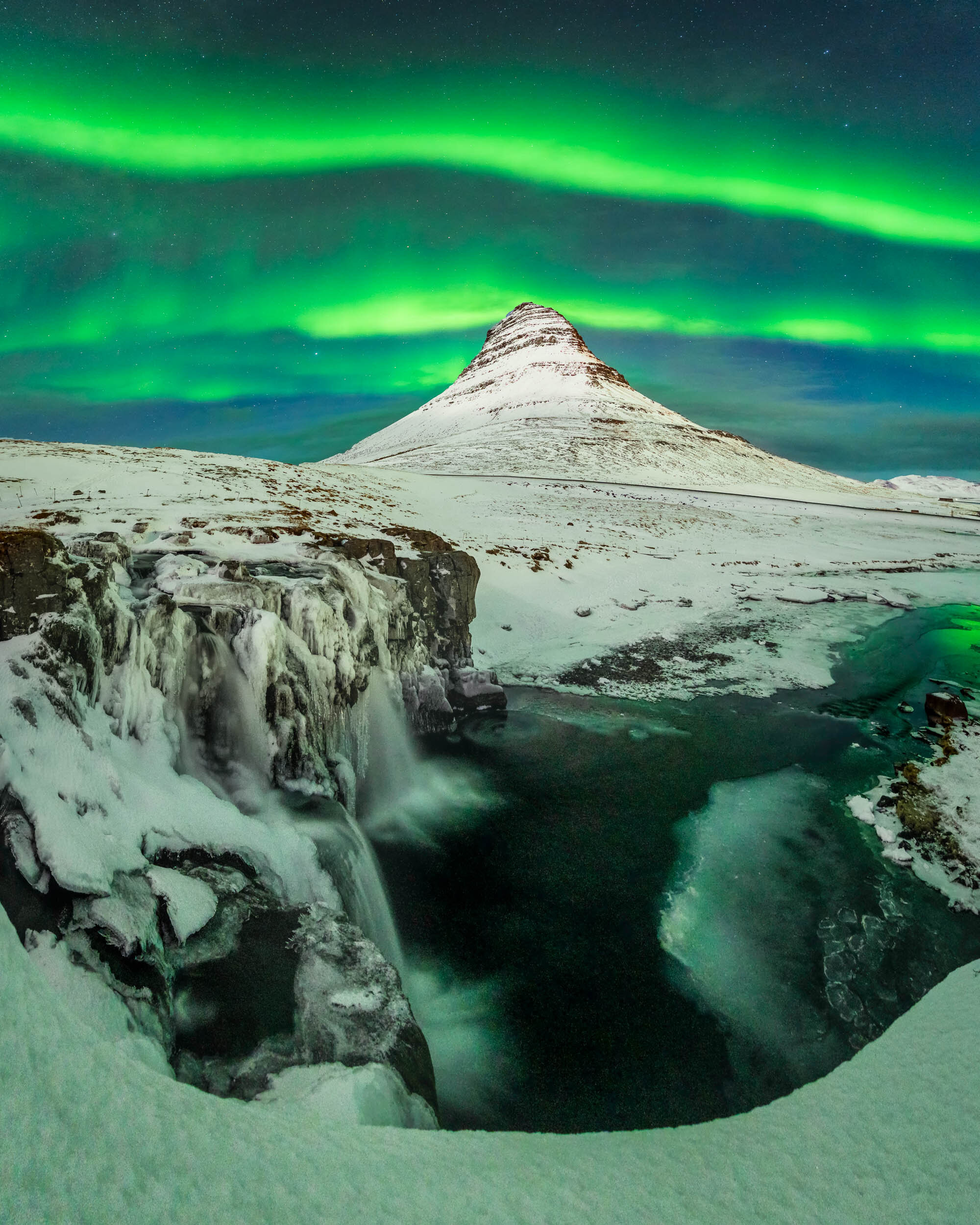
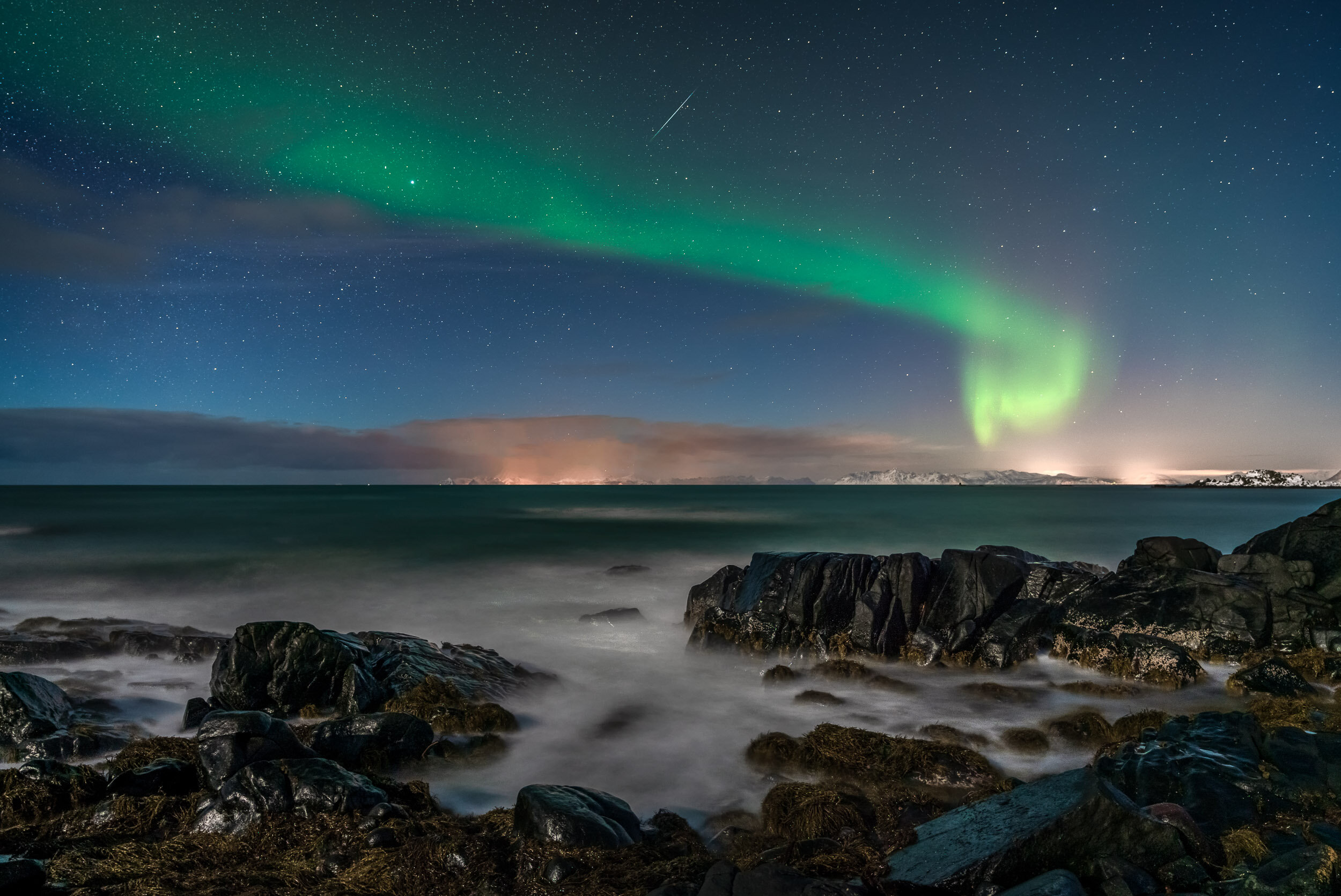
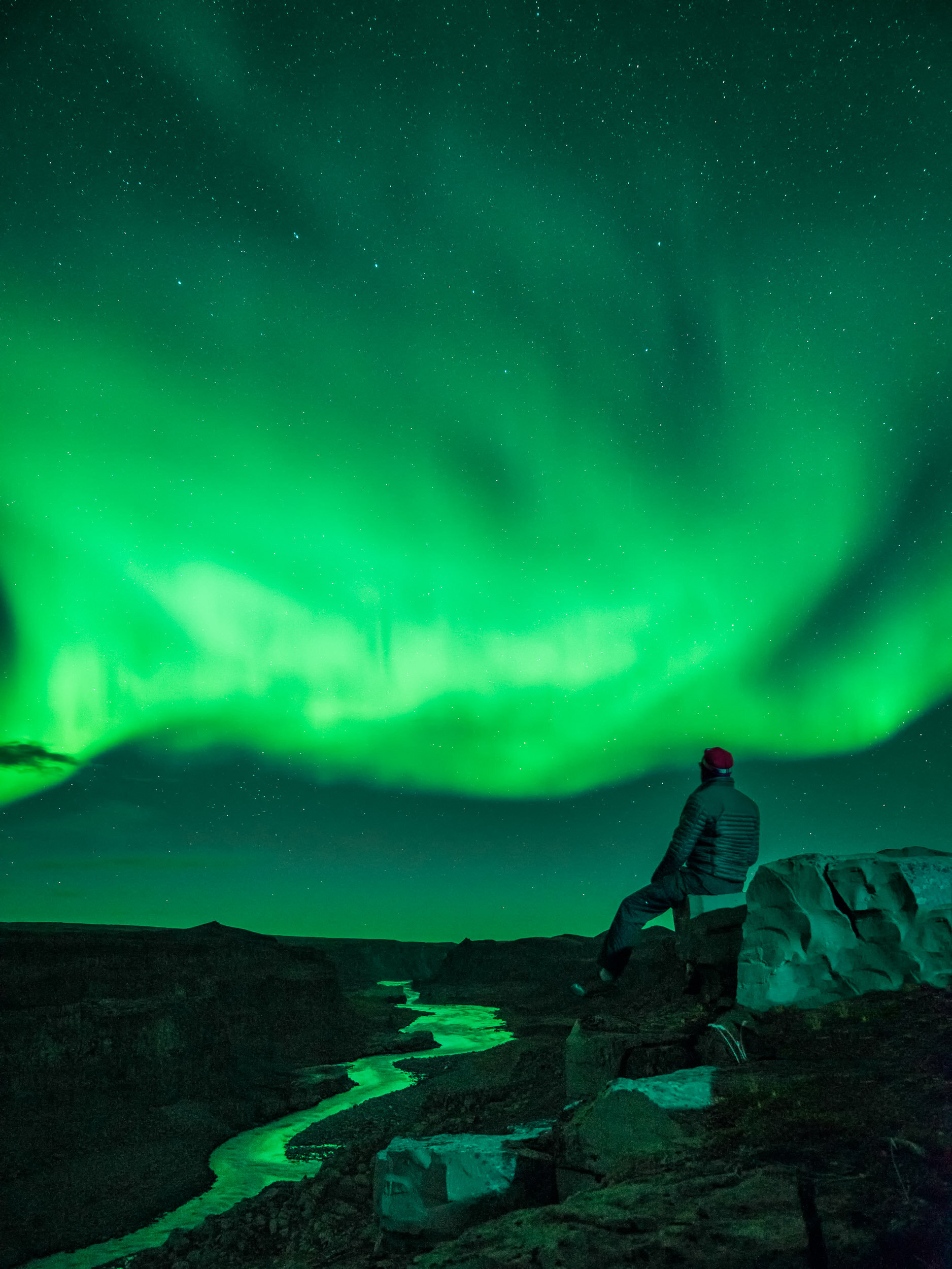
If you want to photograph the Aurora Borealis here are some tips:
Use a tripod.
Wide angle lens with the maximum aperture possible (f/2.8).
Shutter speed 3-10 seconds depending on how fast the Aurora is moving. Too long of a shutter speed will create a green blob and you want to see the ribbons of light.
ISO 200-6400 totally depends on how bright the Aurora is, on particularly dramatic displays you have to be careful not to overexpose the Aurora!
I recommend setting up a timelapse as the Aurora is constantly moving and changing and this lets you capture many options and/or take a nap!
If you want to see the Aurora Borealis or Northern Lights with me feel free to contact me for private photography adventures to Iceland and Norway!


